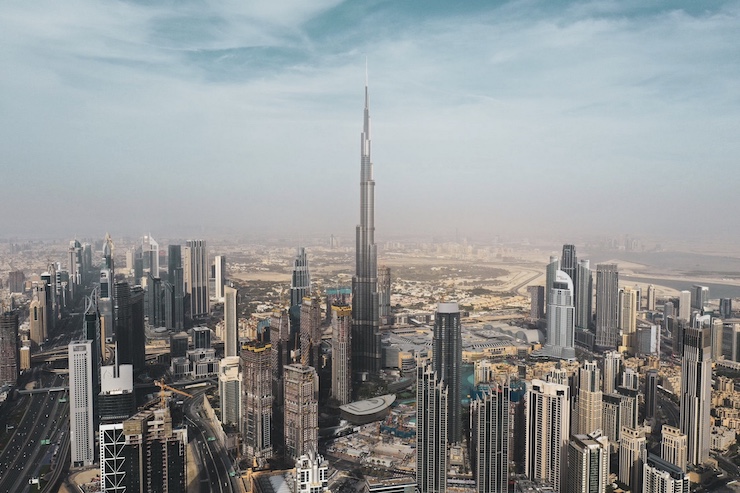United Arab Emirates Plans to “Seed Clouds” Using Drones to Increase Rainfall

For as long as the Earth has existed, one constant has been that the weather can’t be controlled. If a storm is coming, there is nothing you can do to stop it. If there is a drought, there is nothing you can do but hope for rain. But in anticipation of the 2008 Bejing Summer Olympics, the China Meteorological Administration used weather controlling devices to ensure the Olympics would carry on without the threat of rain. Essentially they developed a series of weapons, artillery guns and rocket launchers, that could shoot silver iodide into clouds. The blasts would force the water droplets in the clouds to release as rain when the meteorologists wanted, drying up the clouds before the games started.
This process, known as cloud seeding, is something that China has been working on since 1995 to increase rainfall. Between 1995 and 2003, Chinese scientists claim to have increased rainfall by 210 billion cubic meters to meet the needs of the country’s 1.3 billion people. At the time of the Olympics, many other meteorologists like Dr. Roelof Bruintjes from the U.S. National Center for Atmospheric Research were skeptical of such claims. “If there is really a weather system that is producing rain, they won’t be able to do anything. We can’t chase away a cloud, and nobody can make a cloud, either,” he said. Fast forward less than 10 years, and the science behind China’s rain controlling principles became so widely accepted that the United Arab Emirates (UAE) turned to cloud seeding to tackle their desperately dire situation of limited rainfall.
In 2016, the UAE established the UAE Research Program for Rain Enhancement Science (UAERP) as “an international research initiative designed to advance the science and technology of rain enhancement by offering managed grant assistance to selected teams of researchers,” as described on the mission’s website. The government allocated $15 million to 9 different teams to help alleviate the UAE’s arid conditions. One of the main focuses of the UAERP has been to use planes for cloud seeding. It has worked to some degree, but not enough. On average, the UAE gets an annual rainfall of only 100 mm, not enough to sustain the population without importing 80% of the nation’s food and water. According to the UAERP, the United Nations has even predicted that nearly half of the world’s population will be facing similar rainfall shortages by the year 2030.
The UAERP recently granted a research team from England’s Reading University $1.4 million to develop a drone program to encourage rainfall. The drone project is being led by School of Mathematical Physical & Computational Sciences Professor of Meteorology, Maarten Ambaum. Professor Ambaum proposes that drones can be used more precisely to seed clouds than manned aircraft. Currently, the UAERP has 5 specialized manned aircraft that fly above clouds and drop harmless natural salts into clouds to produce rain. The drone being designed by Professor Ambaum will seed clouds directly without needing any chemicals.
Professor Ambaum’s drone will be equipped with sensors to measure cloud moisture levels. The drone will also have a payload that can emit electrical charges. The team will fly the drone at low altitudes, within cloud range, and use the electrical charges to shock the clouds. “If you emit a charge within a cloud, very quickly the charge will be gathered up by the water droplets,” said Dr. Keri Nicoll, an associate professor at the University of Reading who is involved in the project. “Our theory and modeling work has shown that charging these small droplets can increase the likelihood of them merging through electrostatic forces, and ultimately help them become raindrops.”
The drone is in the final stages of development in England. Soon Professor Ambaum will journey with the drone and his team to the UAE to begin practical trials. The drone will be tested at a flight center in Dubai. This is far from the first time drones have been used as meteorological tools. Normally, drones are used to study meteorological occurrences for predictive models. If successful, this would be the first time drones are used to influence the weather. The team hopes to receive further funding to increase the reach of the drone’s potential after the Dubai trials. “For arid and semi-arid regions, rain enhancement could offer a viable, cost-effective supplement to existing water supplies. Recent technological developments offer the potential of using rain enhancement as an important supplement to existing sources of groundwater and desalinated water,” states the UAERP website. With the continued use of cloud seeding by manned aircraft and shortly drones, the UAE hopes to increase its water table by 30%.
|